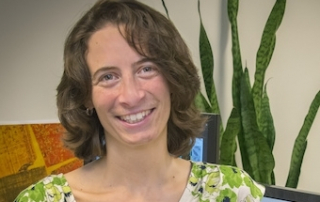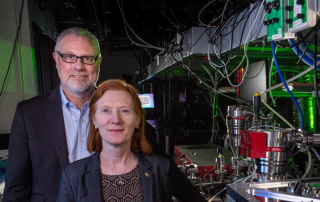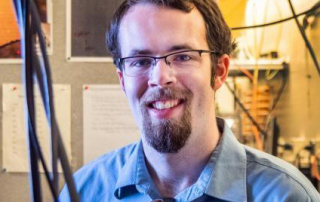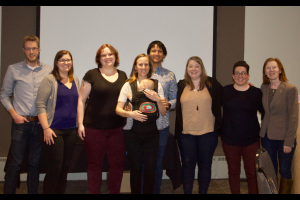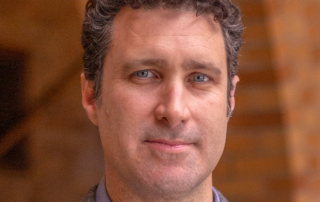Naomi Ginsberg receives ACS early-career award in experimental physical chemistry
The American Society of Chemistry (ACS) has announced Naomi S. Ginsberg is a recipient of the 2020 early-career award(link is external) in experimental physical chemistry. She is being recognized “For the development of new time- and space-resolved imaging and spectroscopy methods to study dynamical phenomena in heterogeneous materials”.
